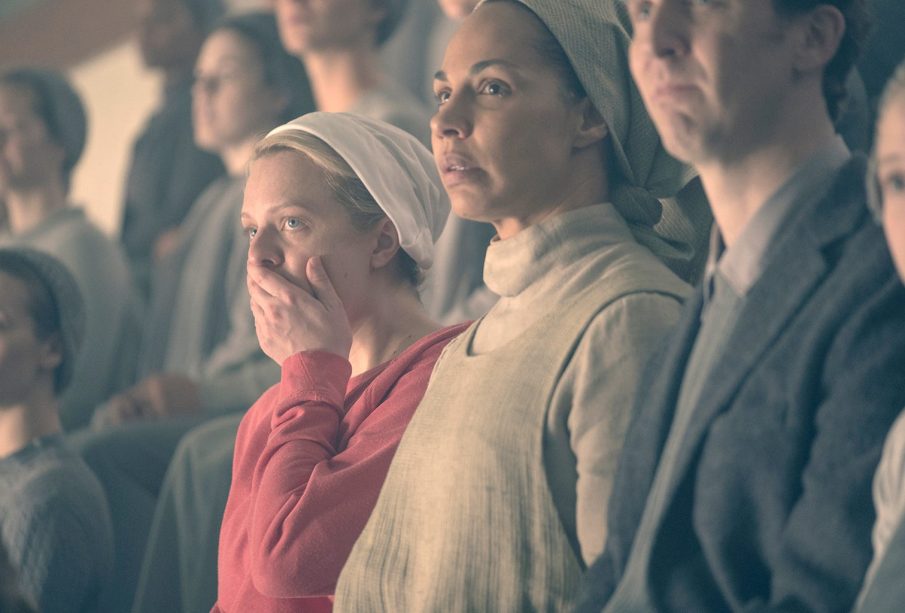The Handmaid’s Tale: Its Relevance in Today’s Society

Introduction
The Handmaid’s Tale, a dystopian novel by Margaret Atwood, has transcended its literary origins to become a pivotal cultural commentary on women’s rights and totalitarianism. Originally published in 1985, it has gained renewed attention with the acclaimed television adaptation that began airing in 2017. This resurgence is crucial in the current societal context, where issues such as reproductive rights, gender equality, and authoritarian governance are at the forefront of political discourse.
Critical Overview
Set in the near-future Republic of Gilead—a totalitarian regime that has overthrown the United States—the story follows Offred, a woman forced into servitude as a Handmaid to bear children for the ruling class. The narrative provides a stark exploration of the consequences of extreme political ideologies and the subjugation of women. Recent events, particularly in the realm of reproductive health policies, have brought new relevance to Atwood’s work. With legislation aimed at restricting abortion rights re-emerging in various U.S. states and rising authoritarianism globally, the themes of The Handmaid’s Tale resonate deeply within contemporary society.
Recent Developments
The series adaptation, which has crossed multiple seasons, remains a critical success and a source of widespread discussion. Its portrayal of the struggles faced by women echoes the modern-day fight against legislation that jeopardizes women’s autonomy. For example, the show’s powerful imagery and messages have sparked protests and activism among audiences worldwide, mobilizing individuals to fight against oppression in various forms. The slogan “Nolite Te Bastardes Carborundorum” (Latin for “Don’t let the bastards grind you down”) has been embraced as a rallying cry for many advocacy groups.
Cultural Significance
The Handmaid’s Tale has become more than entertainment; it serves as a cautionary tale about the potential consequences of allowing extremist ideologies to dictate societal norms. The social media phenomenon, where users share quotes and references from the series, indicates its deep-seated influence in popular culture. Schools and universities have also integrated the text into curricula, using it as a springboard for discussions about feminism, power dynamics, and the role of women in society.
Conclusion
As we navigate the complexities of the current socio-political climate, The Handmaid’s Tale remains a vital commentary that highlights the importance of vigilance against oppression. Its relevance will likely continue to grow, challenging readers and viewers alike to reflect on the fragility of freedoms and the necessity for activism. The legacy of Atwood’s work illustrates that vigilance in protecting individual rights and liberties is essential to prevent the slip into dystopia, urging society to safeguard the progress made in women’s rights and human dignity.







